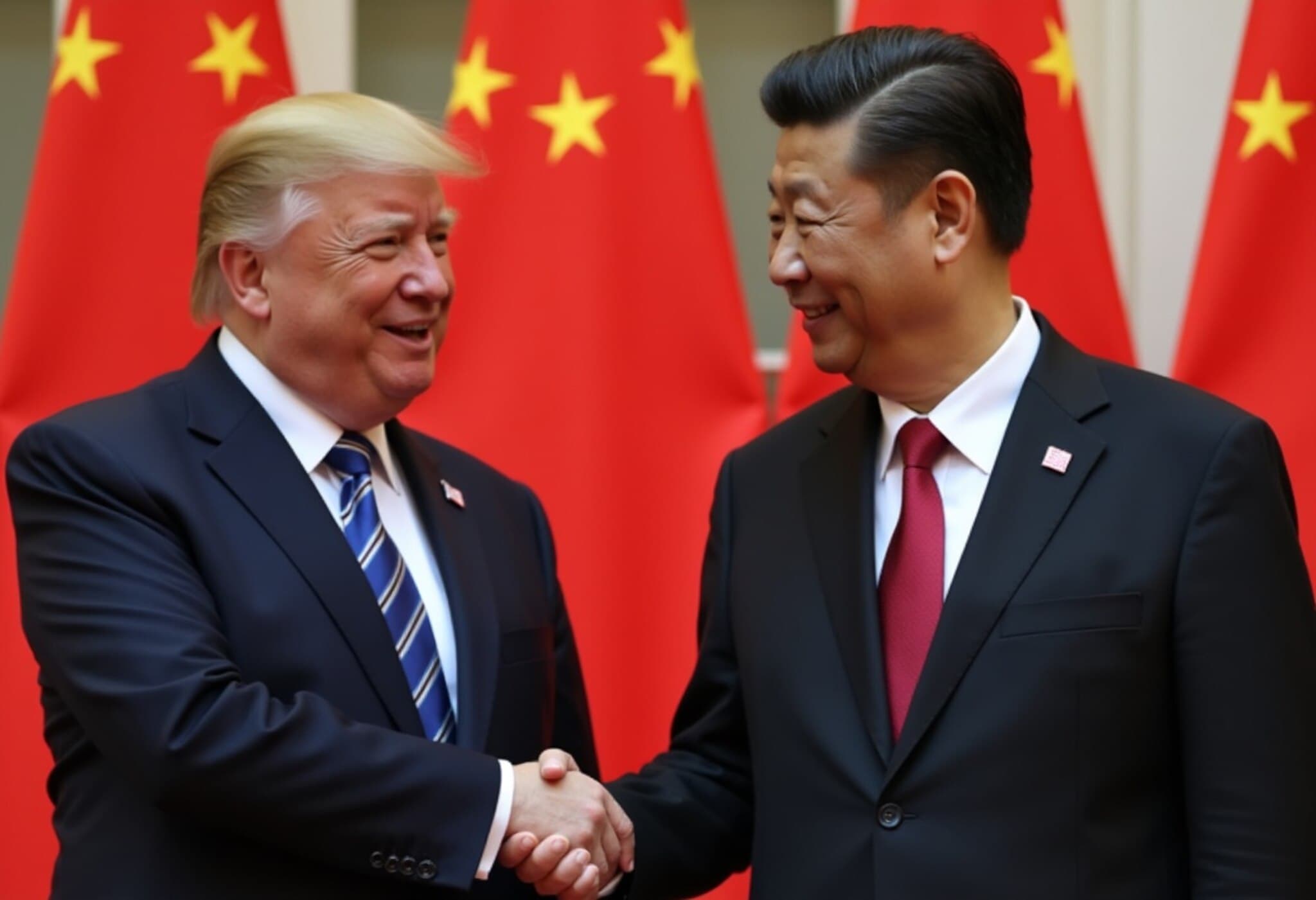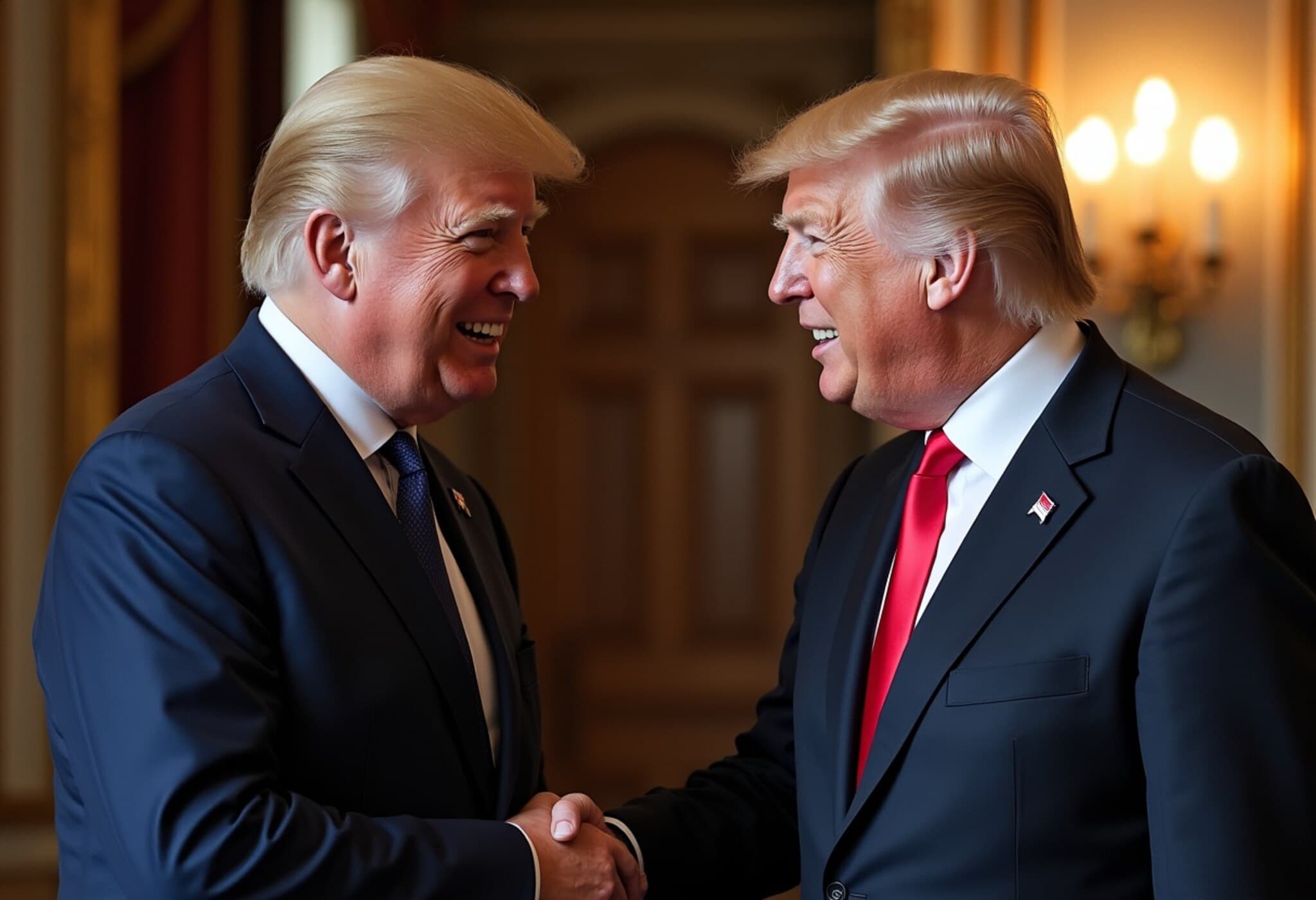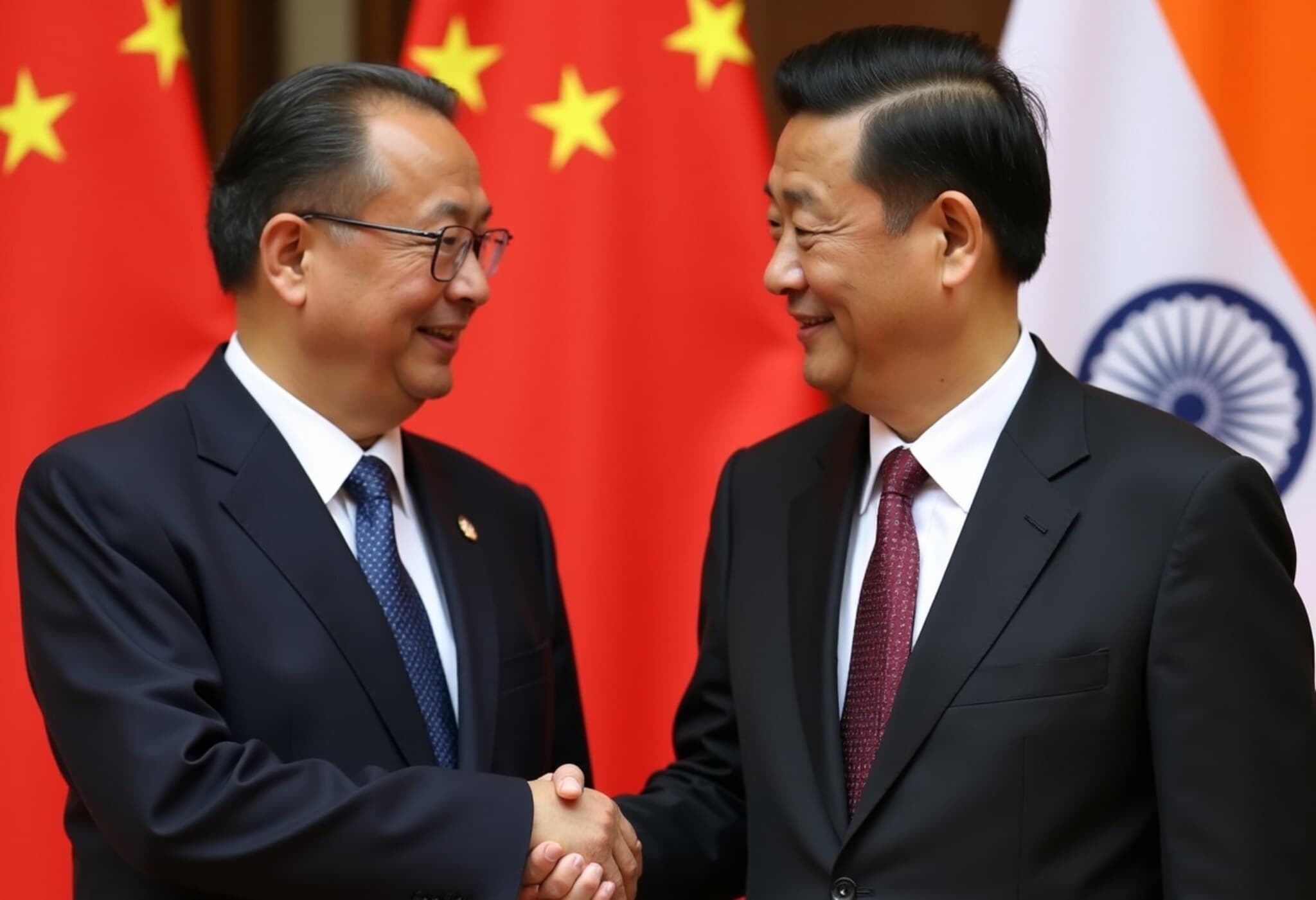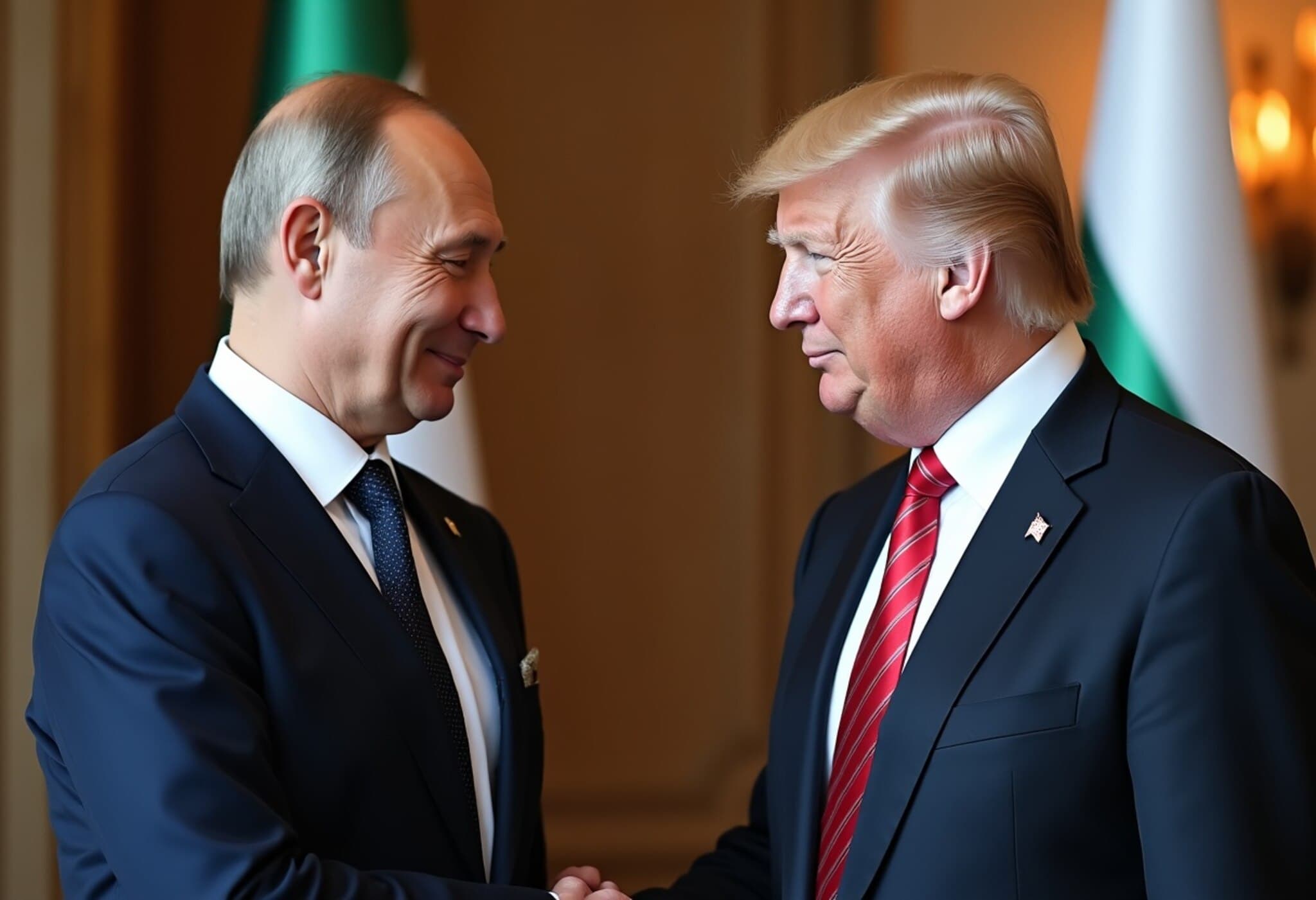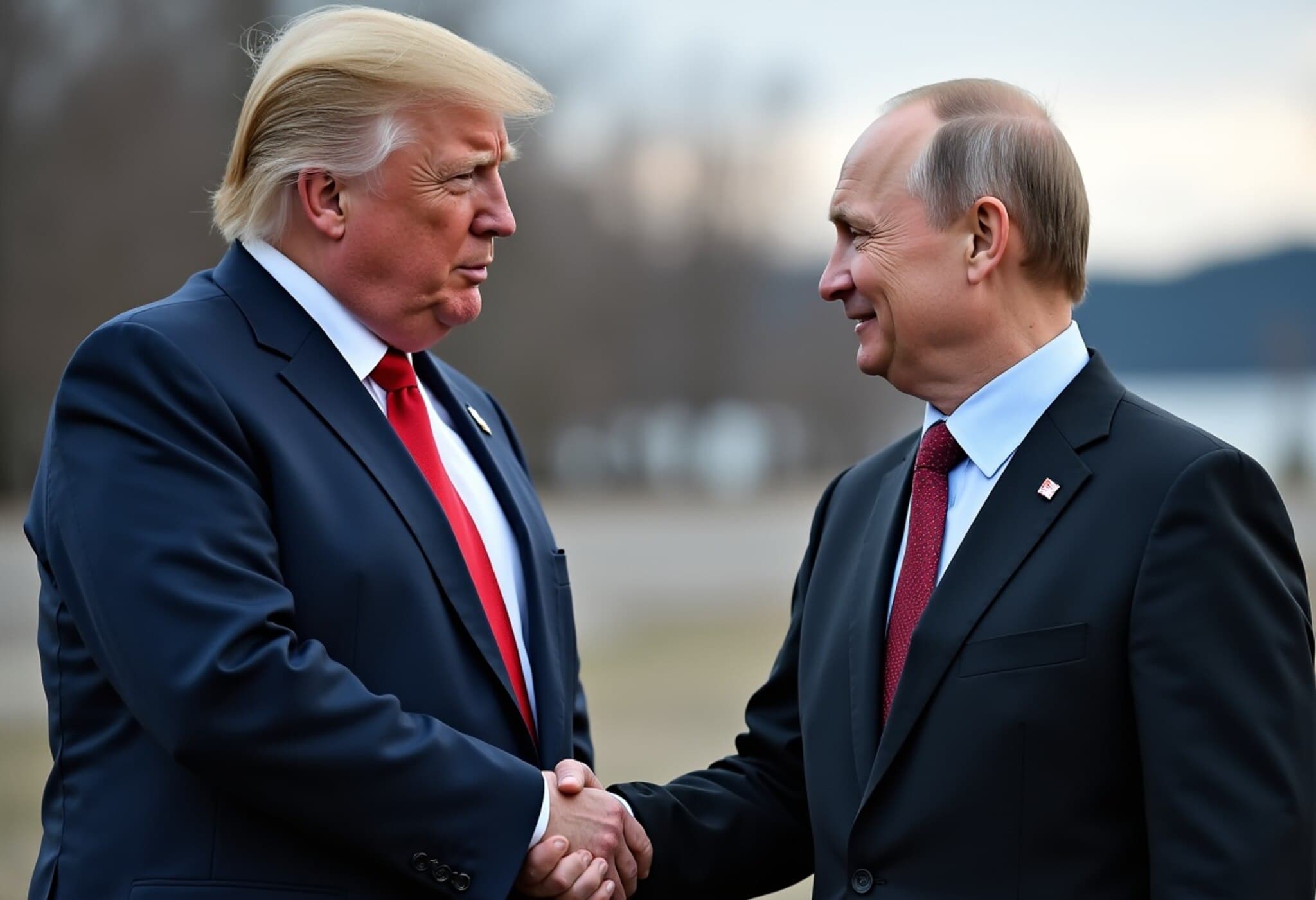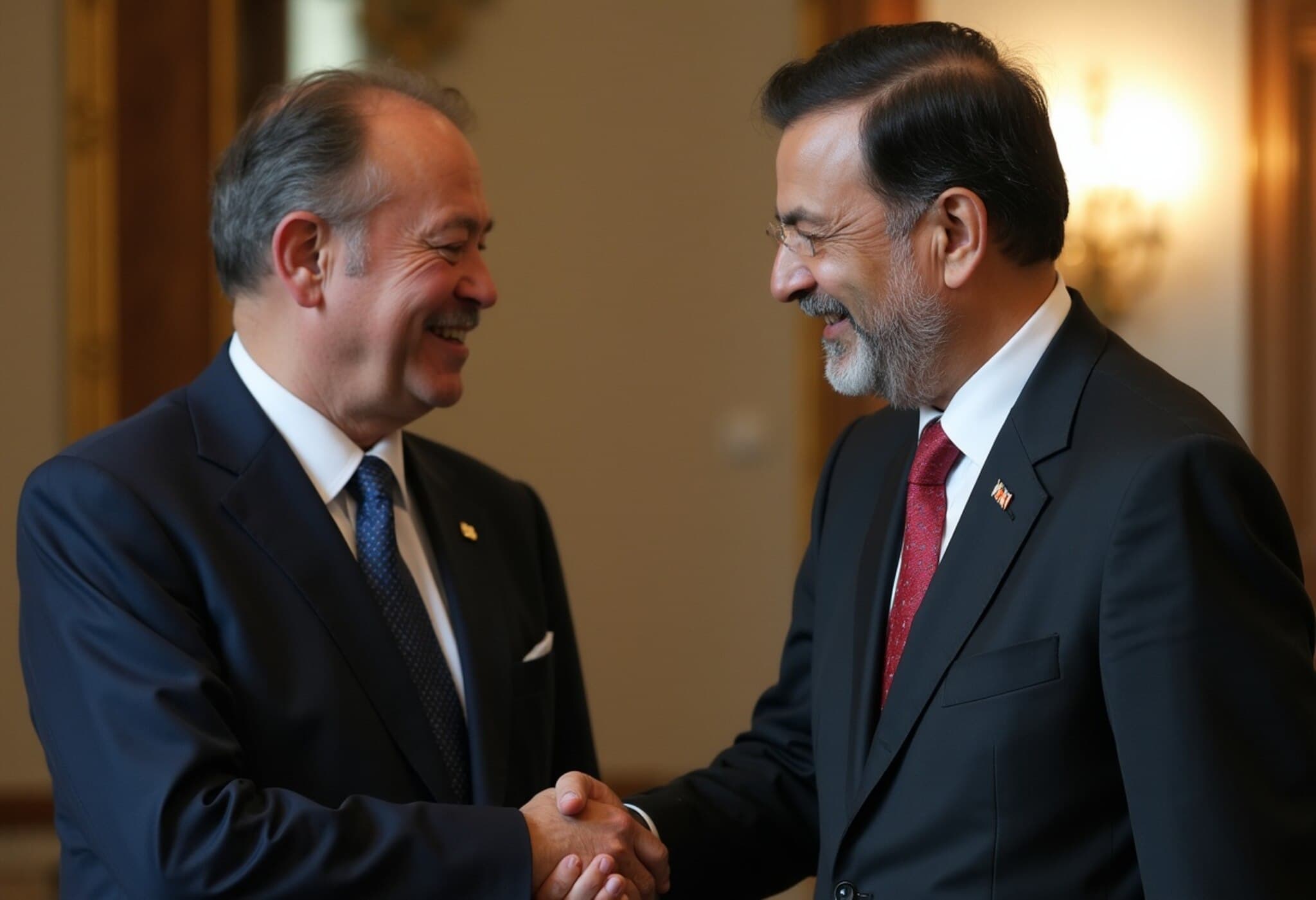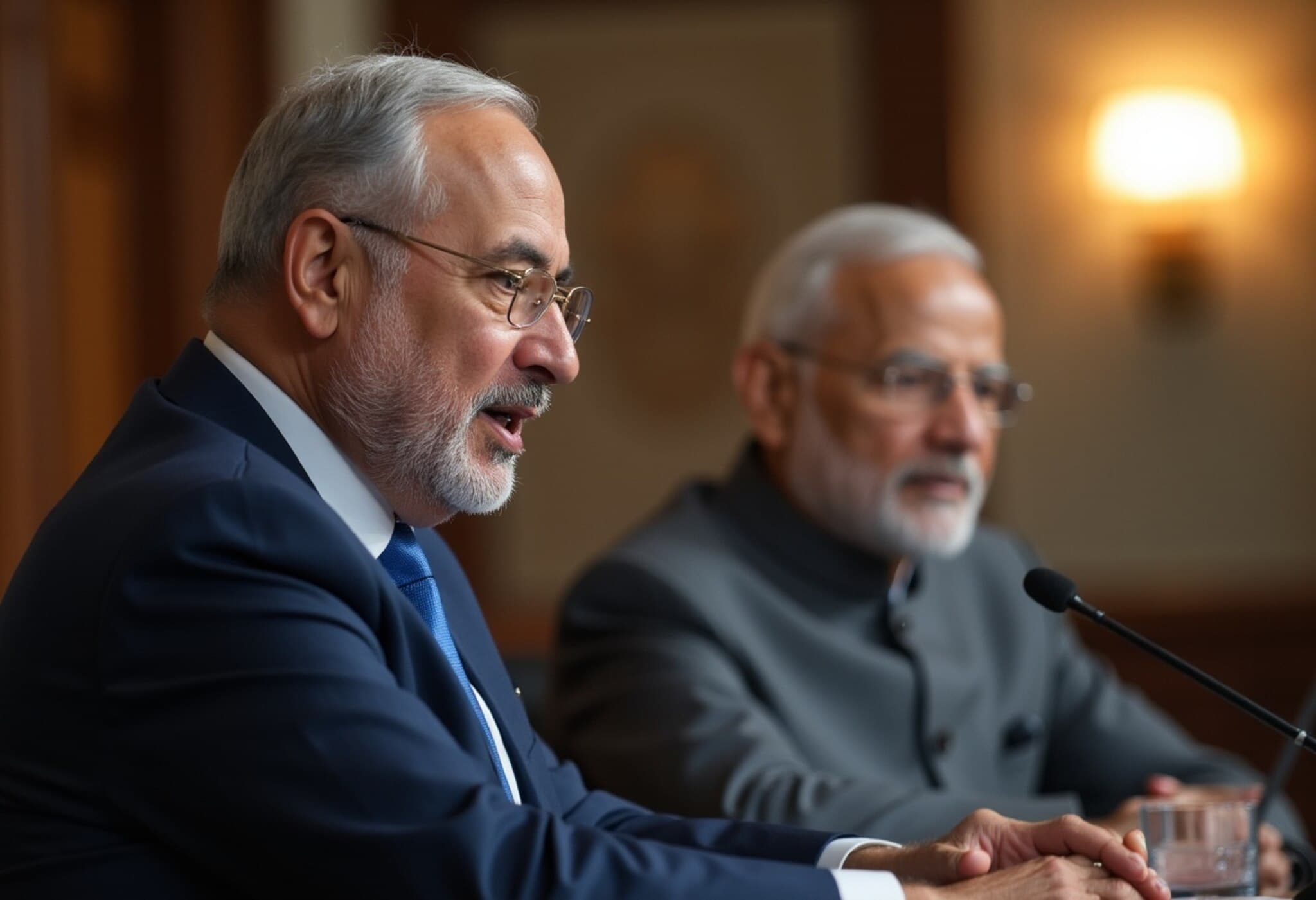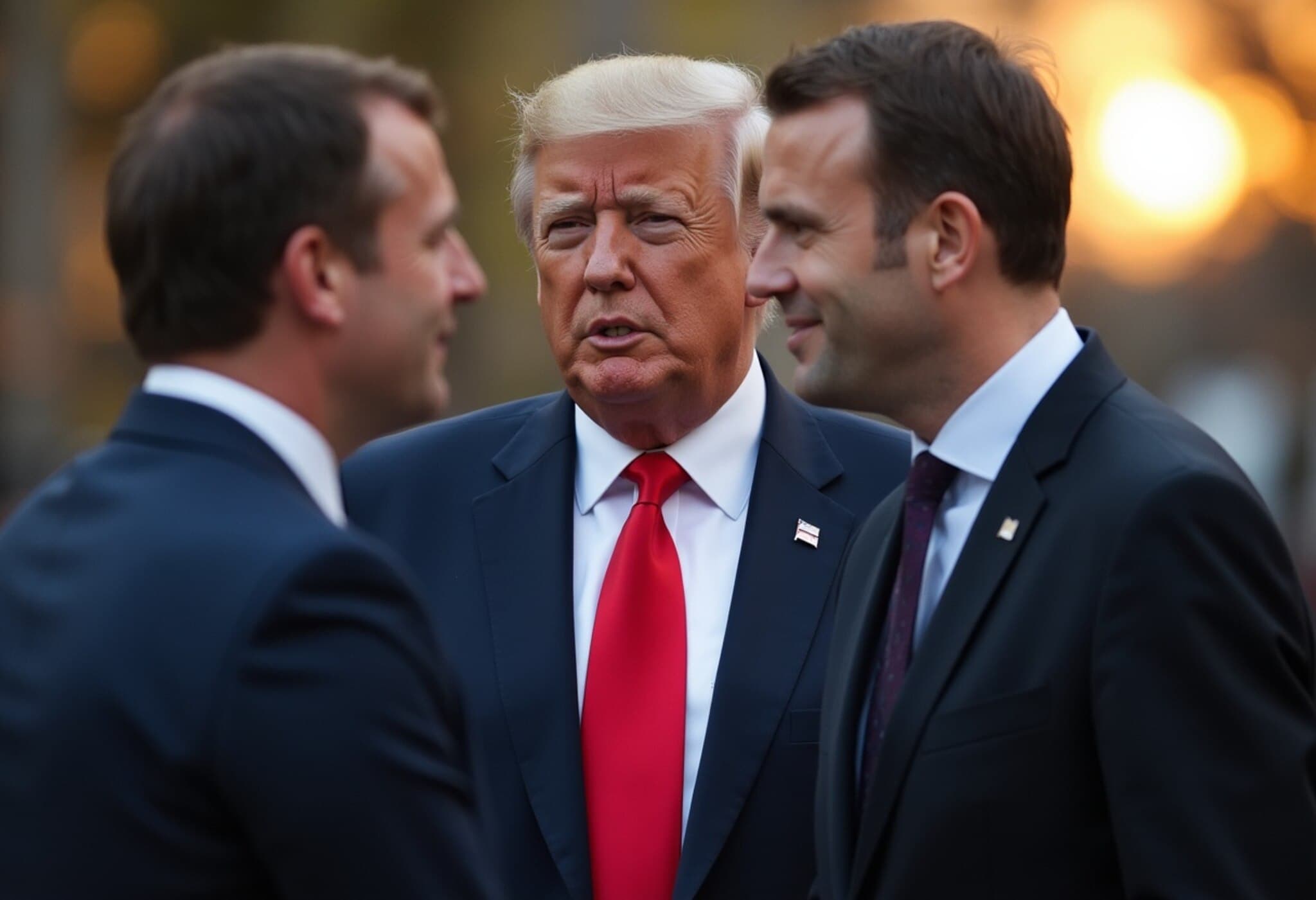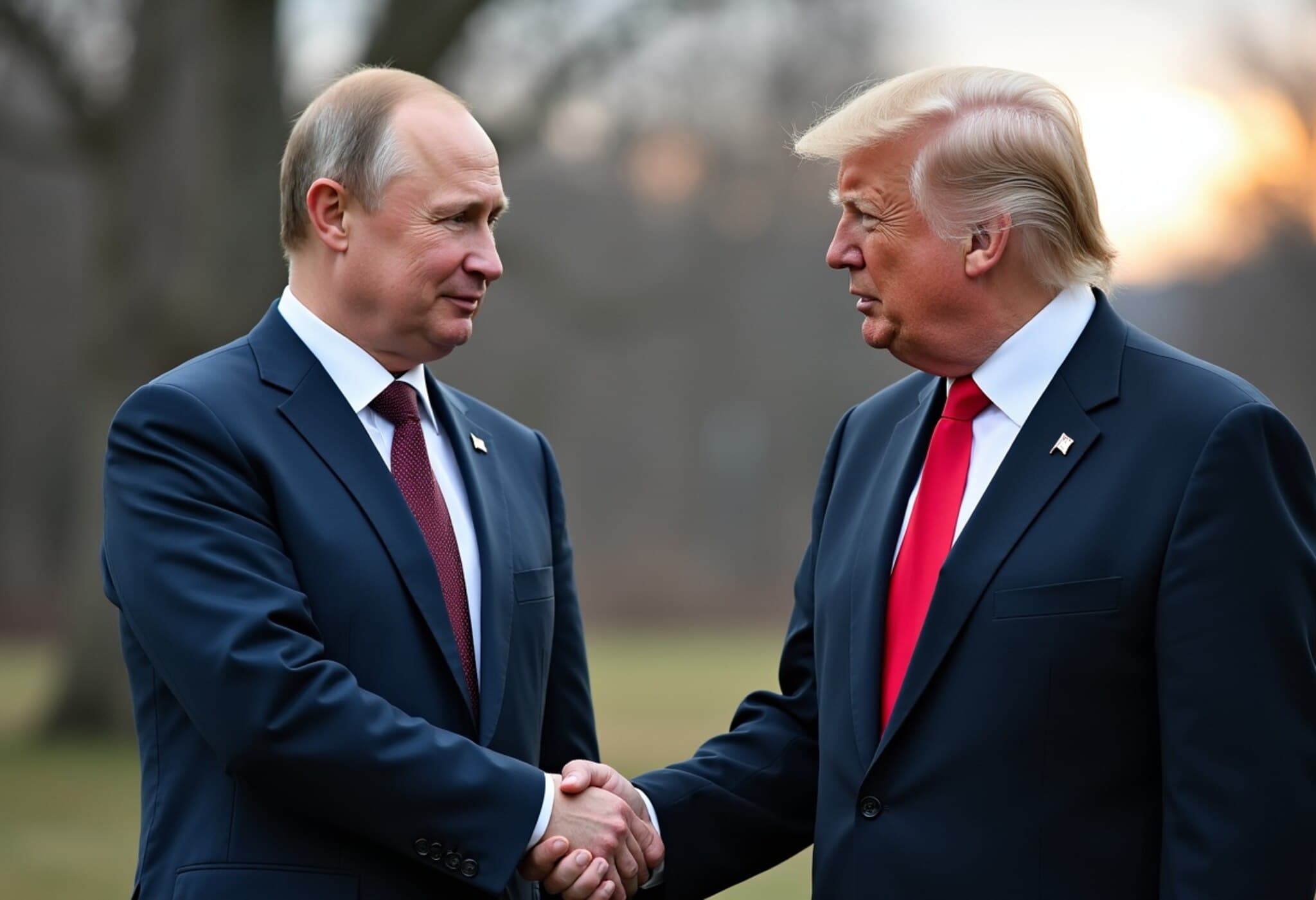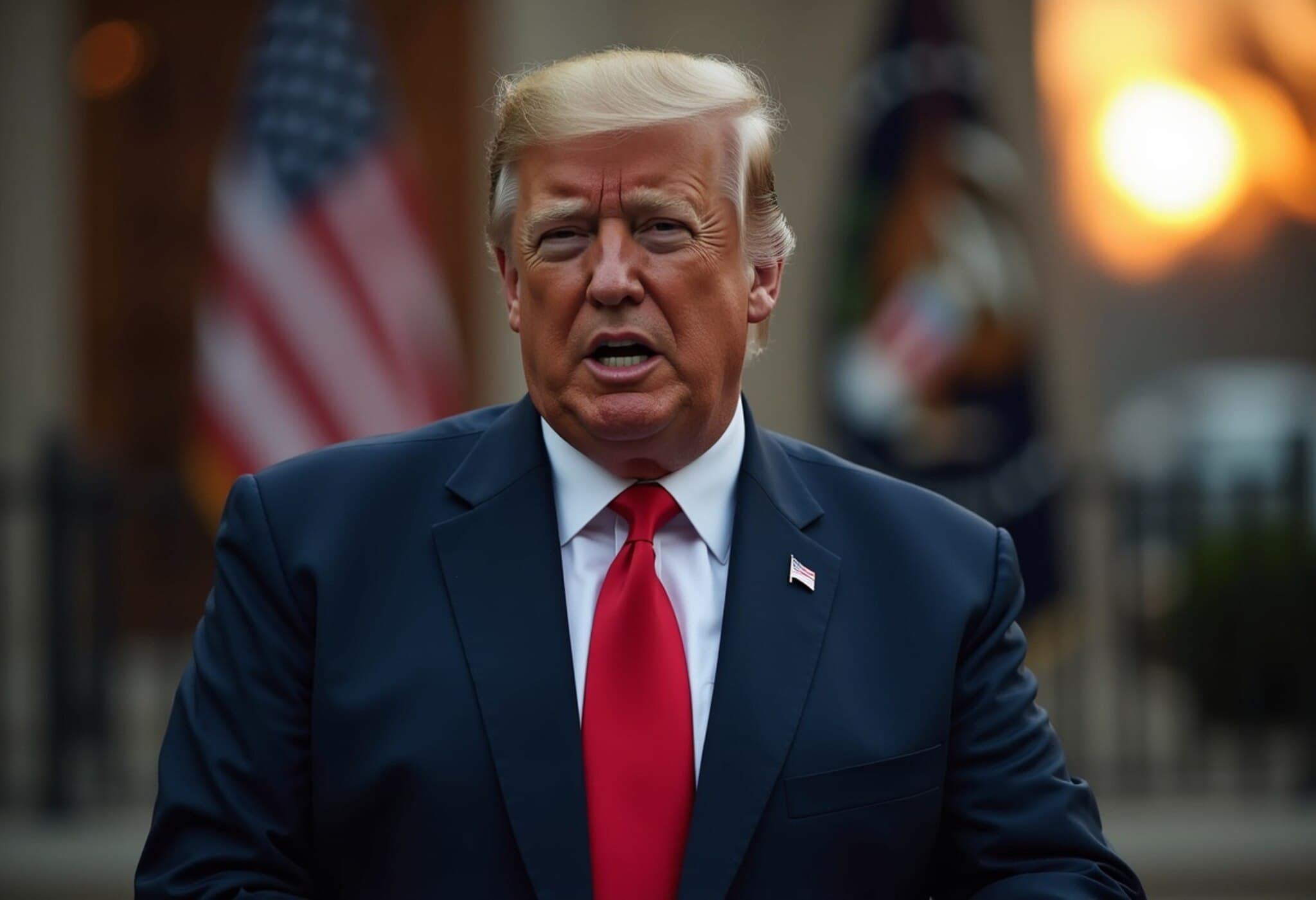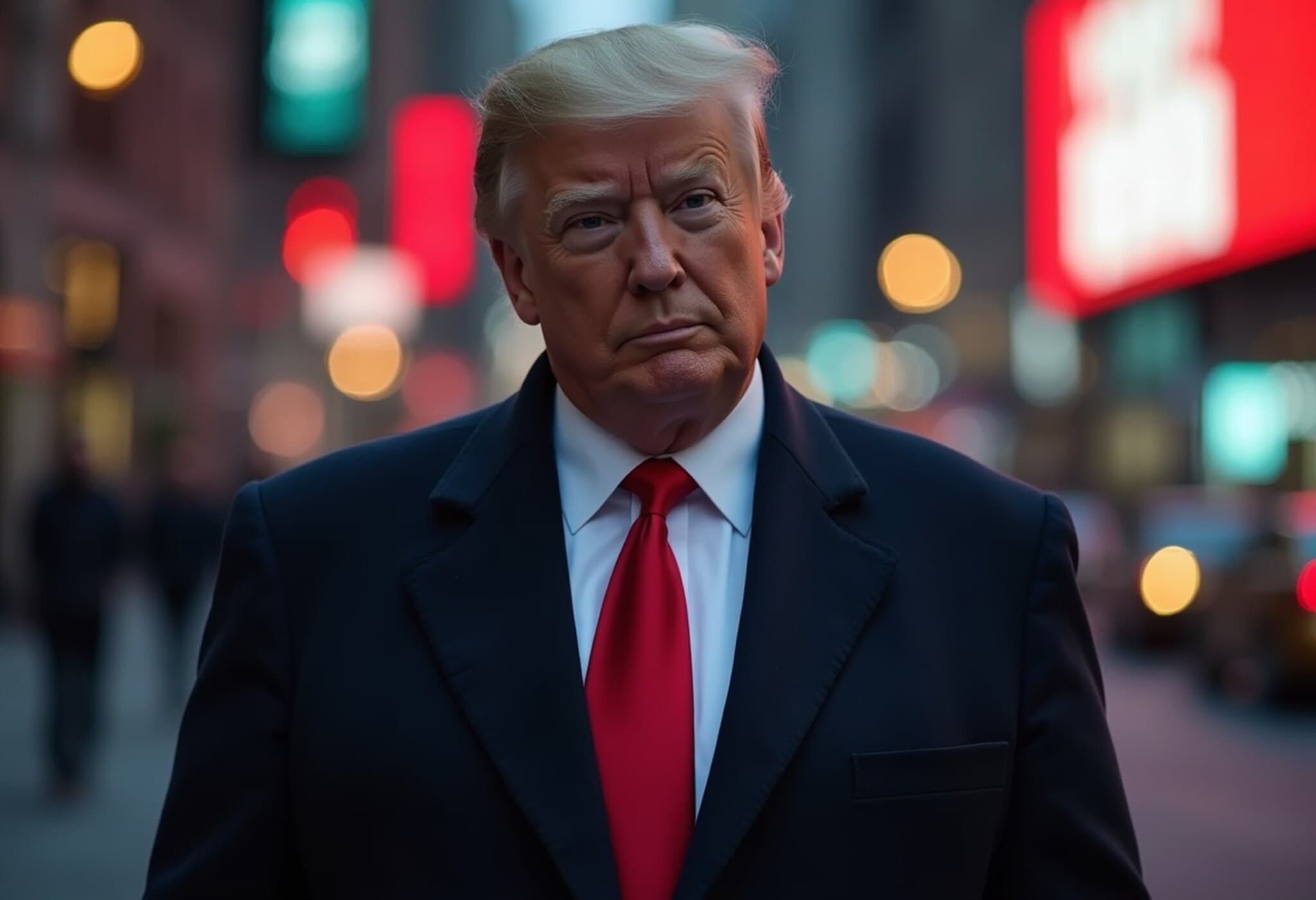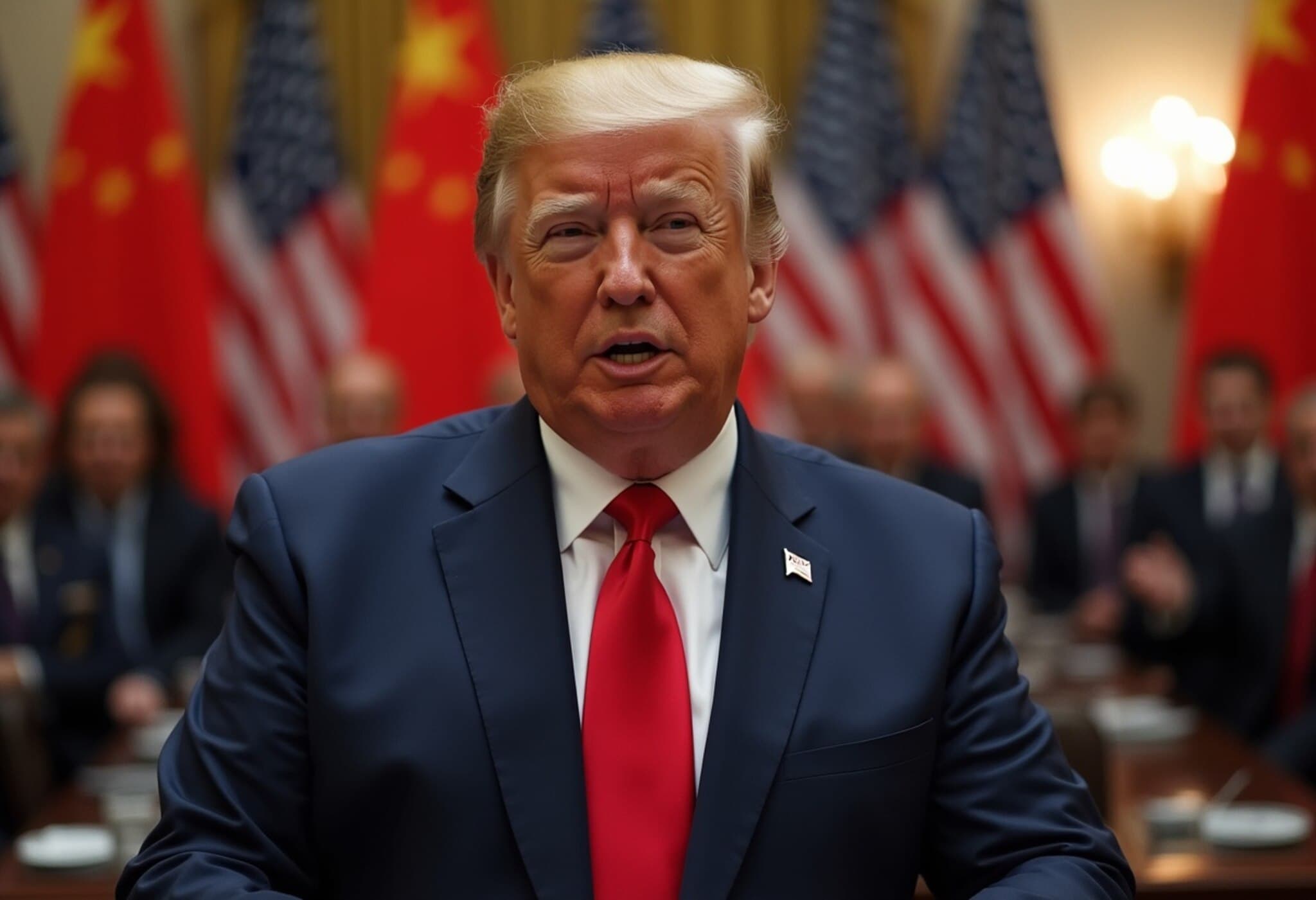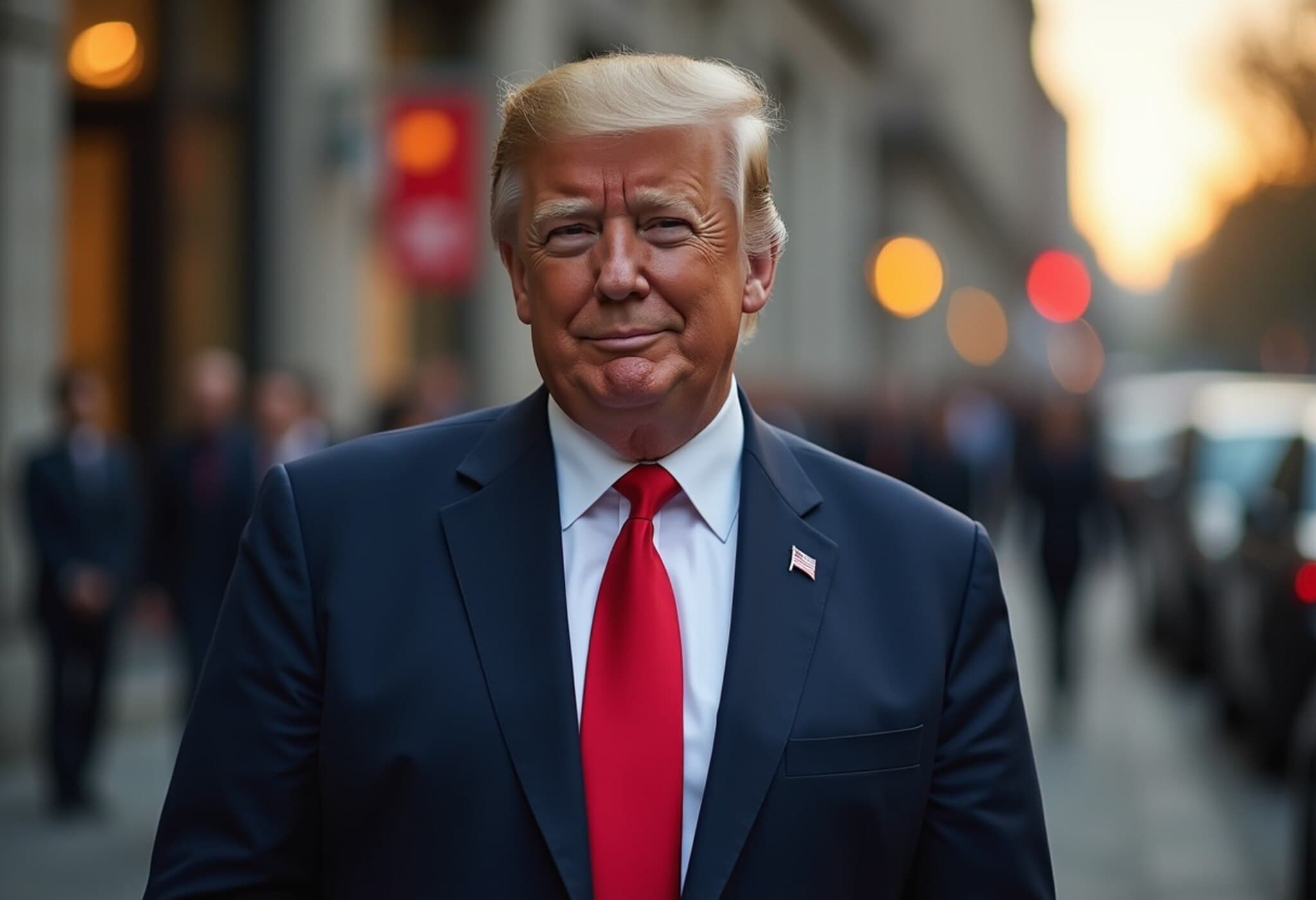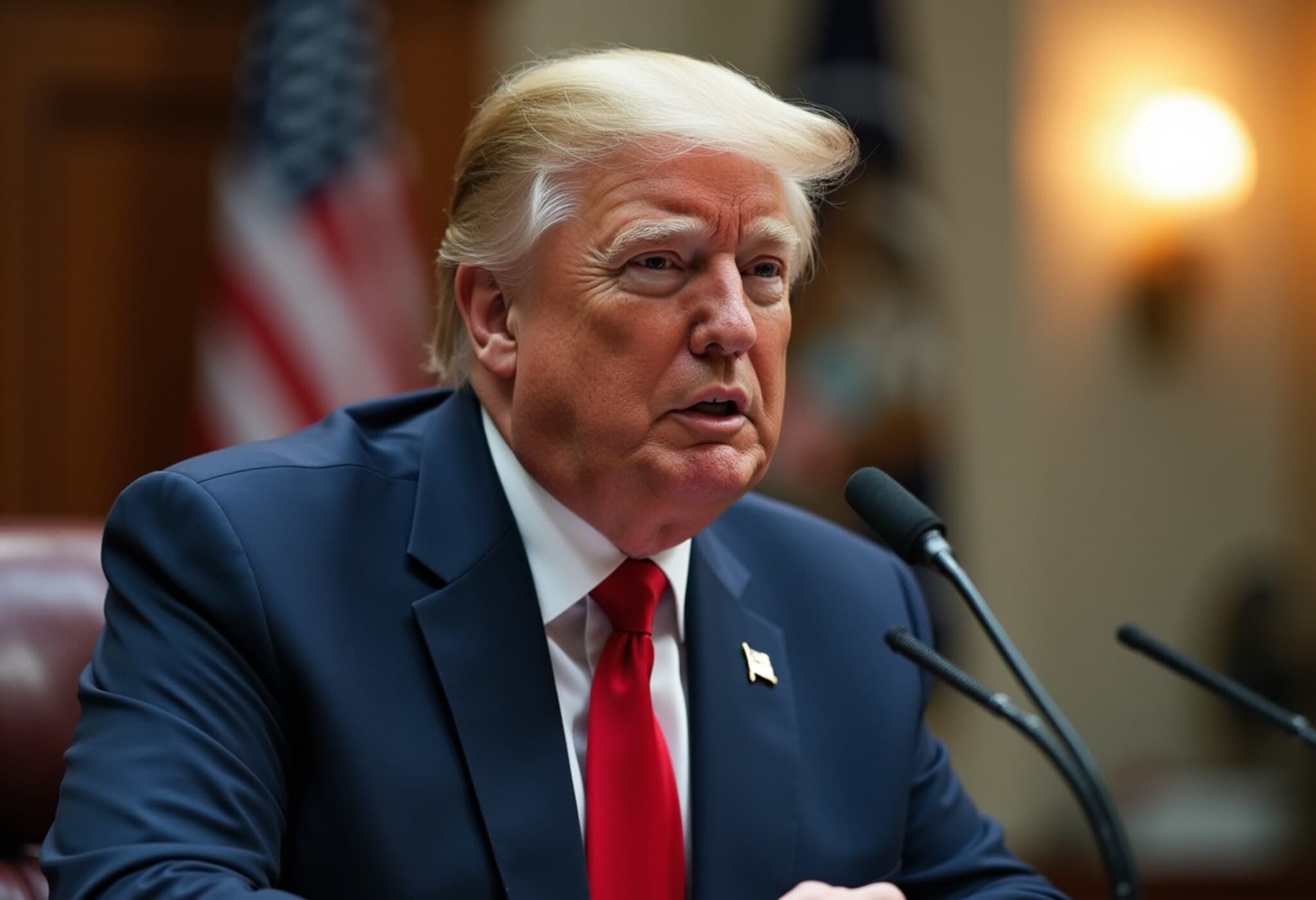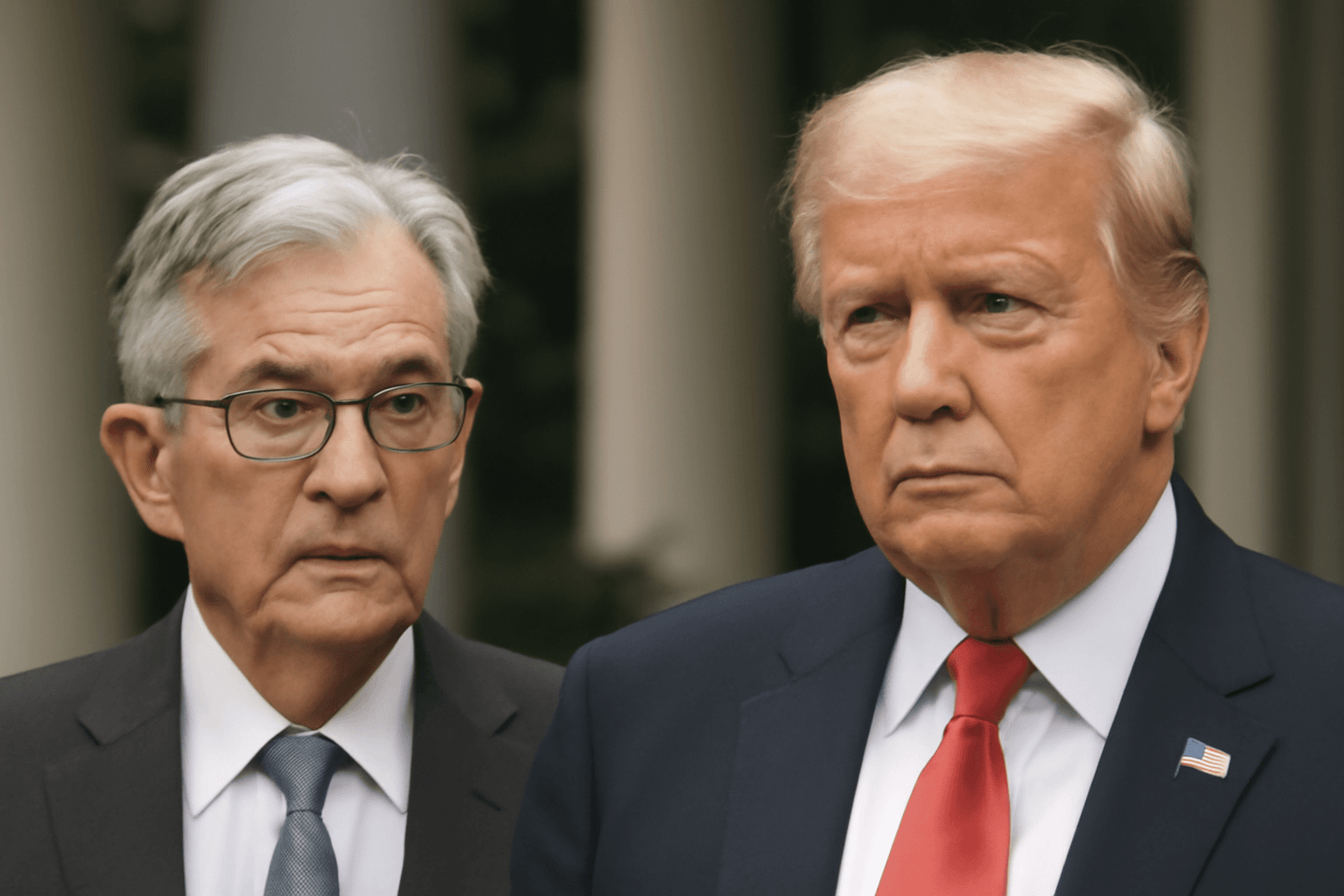Trump Hints at Imminent China Trip Amid Ongoing Geopolitical Tensions
In a significant diplomatic gesture, former US President Donald Trump revealed on Tuesday that he is considering a visit to China in the near future to meet with Chinese President Xi Jinping. Speaking at the White House alongside Philippine President Ferdinand Marcos Jr., Trump confirmed that President Xi had extended an official invitation. Although specific dates remain unconfirmed, the planned trip could coincide with major international events such as the Asia-Pacific Economic Cooperation (APEC) summit or the 80th anniversary commemorate the conclusion of World War II.
Details and Timing of the Visit
According to sources cited by Reuters and CNA, Trump’s China visit may be part of a broader Asia tour planned for later this year. Two notable junctures are under consideration:
- The APEC summit, scheduled from October 30 to November 1 in South Korea.
- A commemorative ceremony in Beijing on September 3 marking 80 years since the end of World War II, an event that is likely to host other influential world leaders, including Russian President Vladimir Putin.
While neither the White House nor Chinese officials have officially confirmed these plans, Kremlin spokesperson Dmitry Peskov hinted at the possibility of a trilateral meeting should Trump and Putin be present in Beijing simultaneously.
Strategic Implications of a Potential Trilateral Summit
Beijing’s reported interest in convening a summit involving Trump, Xi, and Putin carries profound geopolitical ramifications. Such a meeting would mark an unprecedented gathering of key leaders at a pivotal time characterized by:
- Heightened tensions over Ukraine and Russia’s international posture, which has drawn criticism from the US and its allies.
- US-China disputes over trade imbalances, industrial policies, and regional security, including American concerns over China’s actions in the Indo-Pacific.
- Ongoing complex negotiations aimed at forging a new US-China trade agreement, with a looming deadline set for August 12.
Trump has already held multiple conversations with Putin since returning to office in January, signaling a desire for diplomatic engagement despite unresolved conflicts.
Trump’s Perspective on US-China Relations
Despite the contentious backdrop, Trump depicted the current US-China relationship as "stable" and expressed optimism about continued constructive dialogue. He welcomed the prospect of President Marcos pursuing deeper economic ties with Beijing, stating, "We’re getting along with China very well." Marcos responded by underscoring the necessity of these economic connections, reflecting the broader regional desire for balanced engagement with major powers.
On trade, Trump continues to apply pressure on Beijing with calls to address issues such as Chinese industrial overcapacity, fentanyl exports into the US, and security concerns in Asia. Proposals include a universal base tariff of 10% on imports and a punitive 55% tariff on specific goods, underscoring the high stakes involved.
Looking Ahead: Challenges and Opportunities
The potential Trump visit to China represents both an opportunity and a challenge for global diplomacy. It offers a platform to potentially de-escalate tensions and negotiate critical trade and security issues. However, persistent disagreements—including China’s alignment with Russia, restrictions on American citizens, and assertive regional policies—pose significant obstacles.
Observers will closely monitor whether this diplomatic outreach leads to meaningful progress or exposes deeper fractures in international relations.
Expert Commentary: Balancing Diplomacy and Strategic Interests
From an American policy perspective, Trump’s openness to dialogue with Xi Jinping reflects a pragmatic approach to managing one of the most complex bilateral relationships the US faces. Trade negotiations, regional security frameworks, and China's global ambitions continually demand nuanced diplomacy. The possible trilateral summit with Putin adds an additional layer of complexity, as US-Russia relations remain tense amid the Ukraine conflict and broader geopolitical rivalries.
Economically, the timing of this visit could influence global markets, especially if a trade agreement is finalized or if tariff policies shift. For the Indo-Pacific region, where China’s influence grows amid US efforts to maintain balance, leadership engagements such as this are closely watched for their potential to recalibrate power dynamics.
Editor’s Note
The announcement of a possible Trump trip to China opens critical questions about the future of US-China relations and broader geopolitical stability. Will this herald a new chapter of cooperation, or merely a pause amid ongoing rivalry? How will the interests of allied nations like the Philippines shape the dynamics? And crucially, how will this fit within the wider context of US strategic policy toward both China and Russia? As negotiations and summits approach, the world watches for signs of whether diplomacy can prevail over division.

